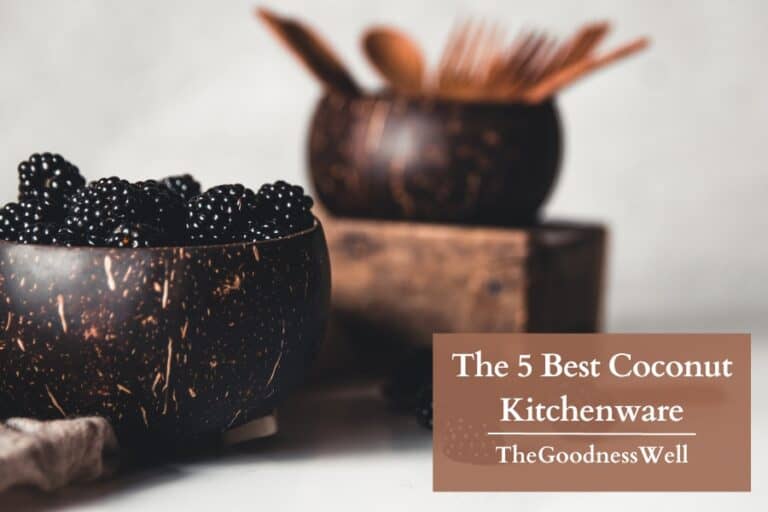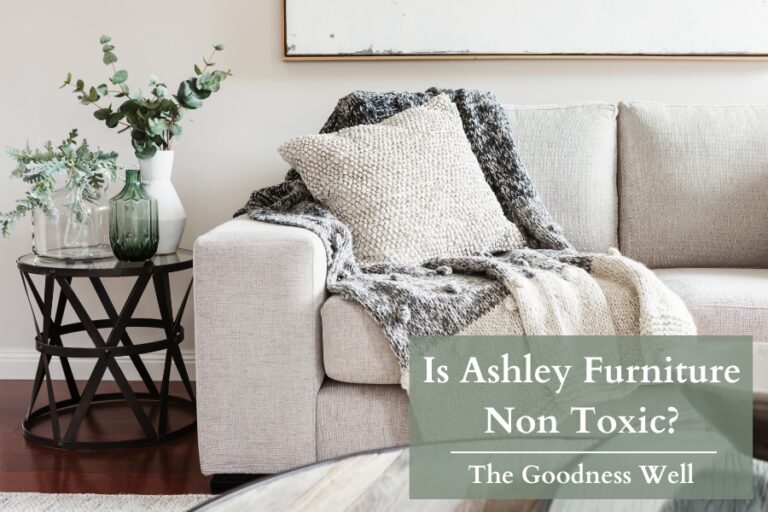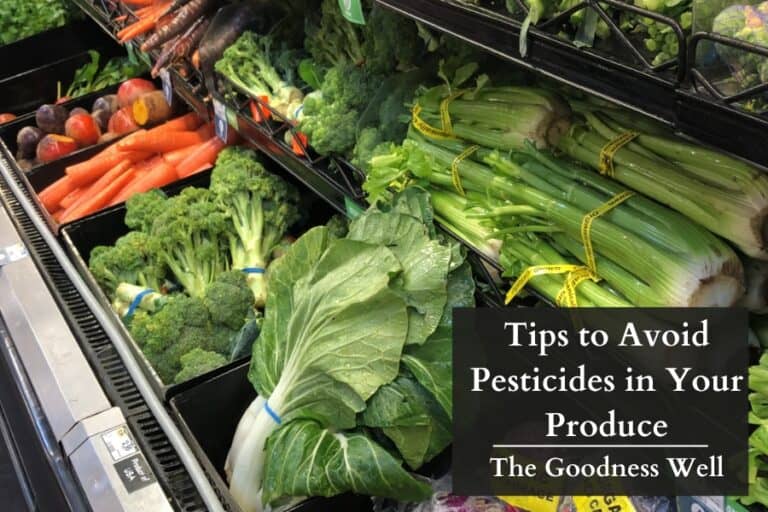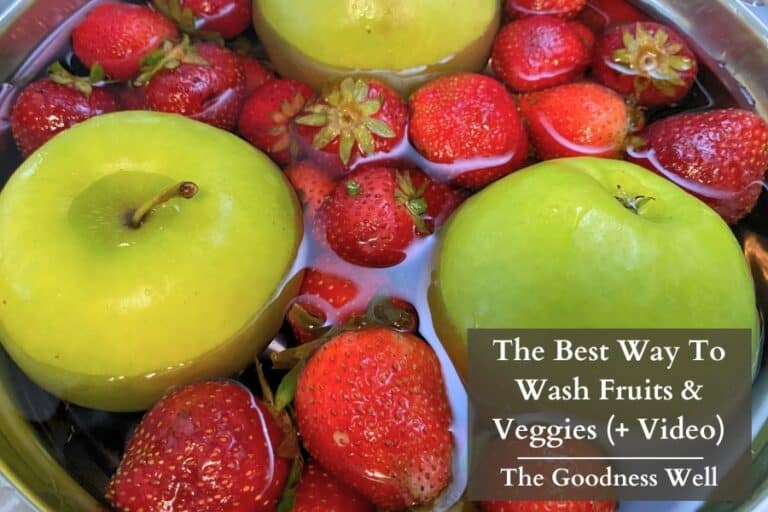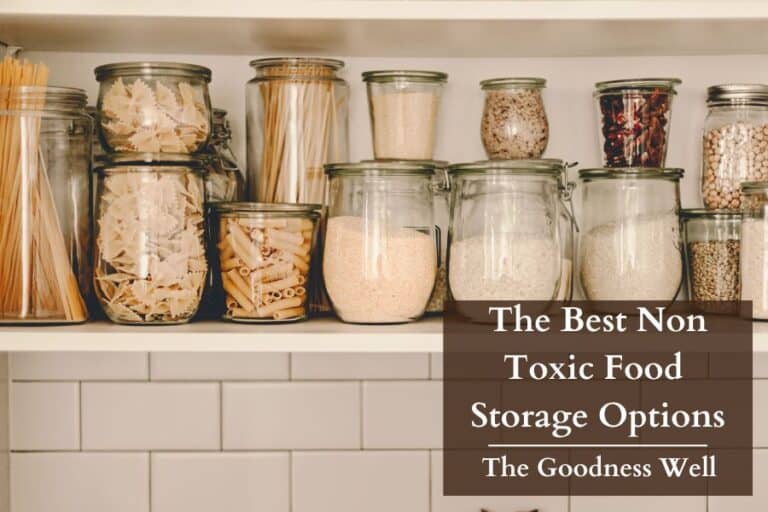Is Polypropylene Safe? What Science Says About This Popular Plastic
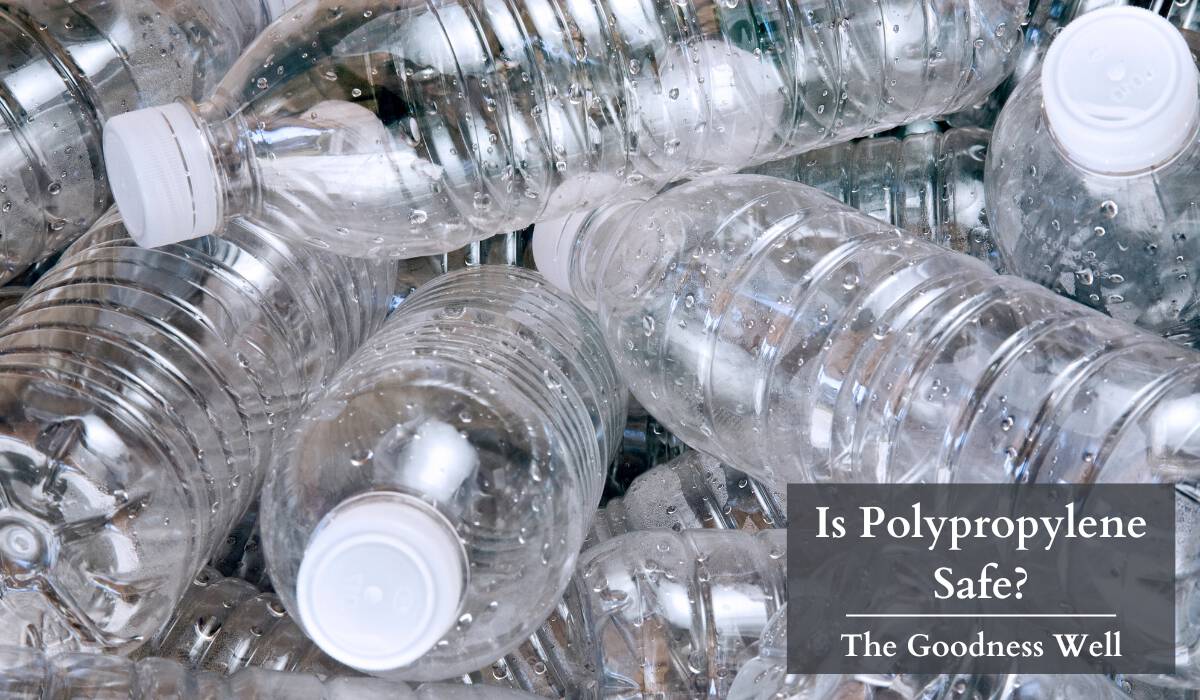
This very common plastic is everywhere. Used in food containers, toys, medical devices, automotive parts, etc., if you see a hard plastic, it’s probably polypropylene.
Here at The Goodness Well, we advise against the use of all plastics and have taken steps to get rid of them from our own lives.
But for many people, we know it’s not that simple. Many lifestyle factors make the use of plastics inevitable, including polypropylene.
But either way, we’re here to tell the truth about this plastic commonly deemed “safe” (and touch on in another article which other plastics are safe as well).
So let’s get into it.
TL;DR
Is Polypropylene Safe?
While polypropylene is BPA-free and often deemed safe, this plastic, along with all other plastics, leach microplastics into the air and the food that it touches over time, especially when heated. While research on how microplastics affect our health is still new, recent studies show microplastics, even polypropylene, can stimulate our immune system, giving us reason to believe they are possibly harmful. Aside from polypropylene’s direct effect on humans, it is toxic to our environment due to its energy-intensive production, non-biodegradability, and low recycling rate.
What Is Polypropylene
Polypropylene, also known as “PP” and often identified by the resin identification code labeled “PP5,” is a type of plastic that can be used in many ways.
Of the seven categories of plastics, polypropylene, or number 5, is the second most used behind polyethylene (PE).
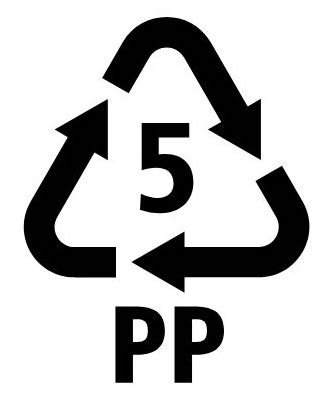
Polypropylene is widely used because it’s so versatile. It’s light but strong, has high resistance to heat and various chemicals, has excellent insulating properties, and is cheap to produce.
Polypropylene Examples In Everyday Life
When we first started our journey to get rid of plastics (and learning more about plastics themselves), I noticed polypropylene made up A LOT of things in my home and everyday life including:
- Plastic Bottles: ex. condiments bottles, shaker bottles, shampoo bottles, etc.
- Food Containers like Tupperware
- Rugs and carpets
- Toys
- Auto Parts: the console, door panels, bumper, etc.
- Medical equipment: syringes, IV tubing, etc.
Is Polypropylene Toxic?
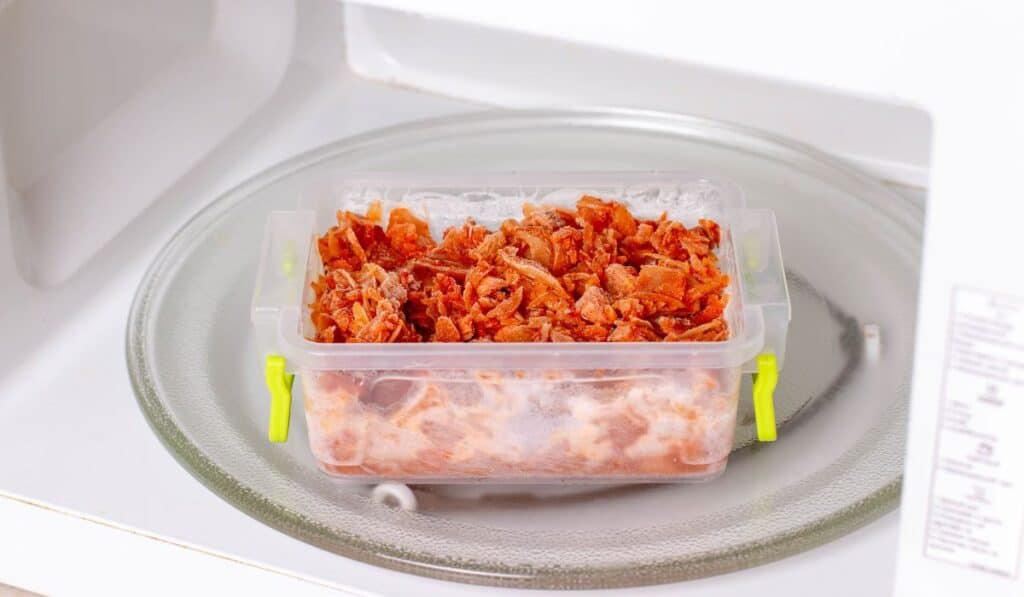
While polypropylene is BPA-free, we don’t consider any plastics safe, especially ones that touch our food.
Why?
A few reasons.
Polypropylene’s Effect on Health
- Polypropylene, like all plastics, leaches microplastics into your food, especially when heated.
- As plastic wears down over time, it leaches even more microplastics into the surrounding air (and any food it touches).
- One study showed that high concentrations of polypropylene microplastics stimulates the immune system (and not in a good way).
- Another study notes how microplastics are small enough to get inside our cells and possibly disrupt their function but more research is needed to examine if this is true.
We are still in the early days of finding out how much of a danger microplastics are to our health, but one thing for sure is it isn’t exactly “healthy”.
And while the debate about whether microplastics are harmful to us continues, no one debates its negative effect on the environment.
Impact on The Environment
Here are the key reasons why polypropylene (and all plastic) is harmful to the environment:
- Production Impact: The production process of polypropylene has been proven to be very energy-intensive .
- Non-Biodegradable: Polypropylene lasts in the environment for very long periods of time.
- Microplastics Formation: Over time, polypropylene products break down into microplastics, tiny particles that are harmful to wildlife and can enter the food chain.
- Low Recycling Rate: Although polypropylene is recyclable, its recycling rates are very low. Many electronics and large items contain polypropylene in various parts, making them harder to separate and recycle compared to something like a simple plastic bottle.
- Toxic Emissions: When burned, polypropylene emits harmful gases into the atmosphere.
Keeping It Real- A Balanced Perspective
While we suggest reducing your plastic use, we are not saying all plastic should be banned.
We recognize that plastic including polypropylene plays a crucial role in places like the medical and automotive fields.
Our goal isn’t to completely eliminate it, but to cut it back in non-essential areas where more sustainable alternatives are easily accessible.
Sustainable Alternatives to Polypropylene
For every polypropylene product, there exists a more sustainable alternative.
For instance, we store our food using containers like glass, stainless steel, silicone, and wax paper.
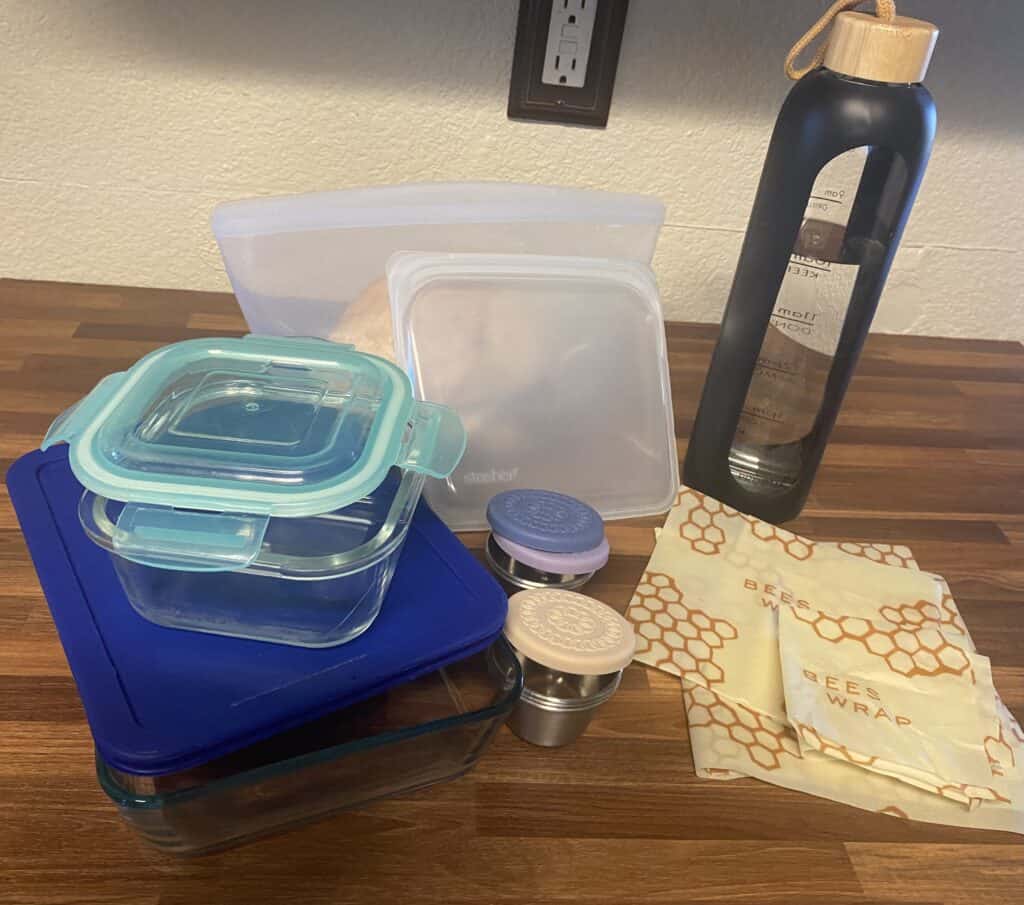
Here are some other tips to limit polypropylene and other plastics alike:
- Choose toys made with natural rubber, wood, cotton, etc.
- Pick rugs and carpets made with wool or cotton
- Avoid as much food packaging as possible and learn to cook from scratch
- Also, try not to throw out your plastic containers, but rather repurpose them.
Until next time! Thanks for reading!

